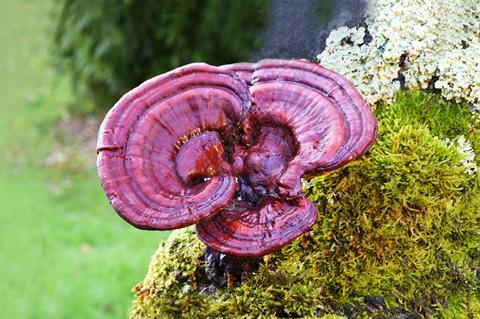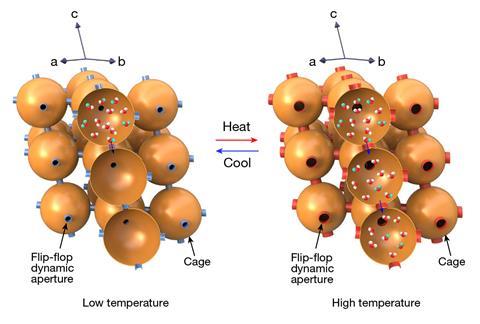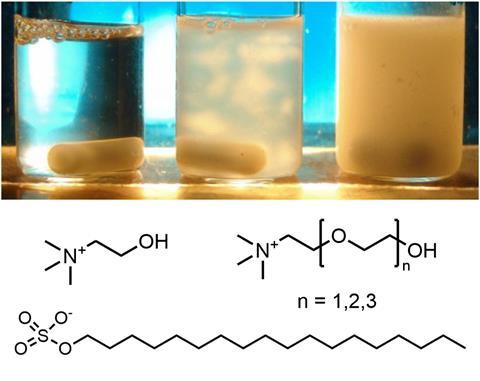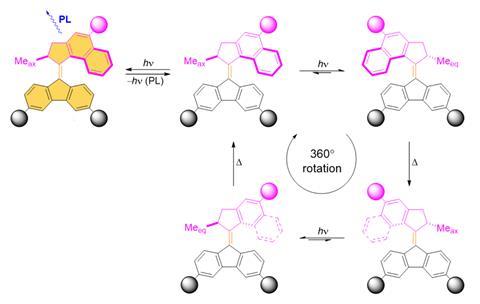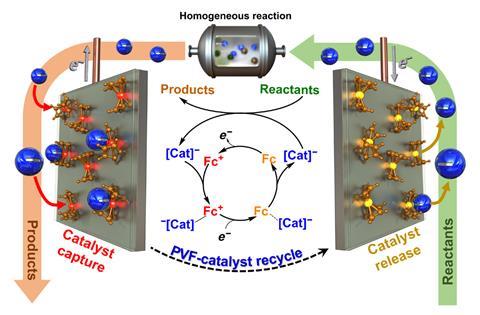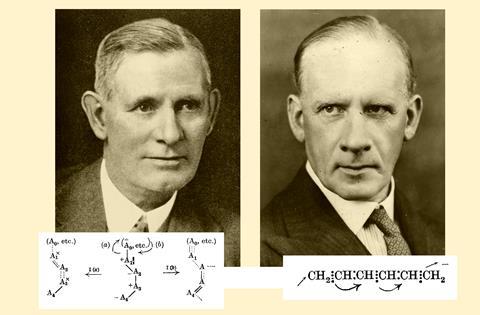Hard-won gains from vaccines are at risk. Far too many people still do not have access to the vaccines they need, with nearly 20 million infants missing out each year, according to Tedros Adhanom Ghebreyesus, director-general of the World Health Organization (WHO). His warnings preface a WHO report on the global vaccine supply chain, which […]
Read More
